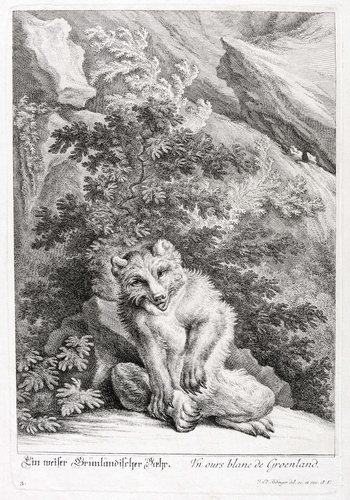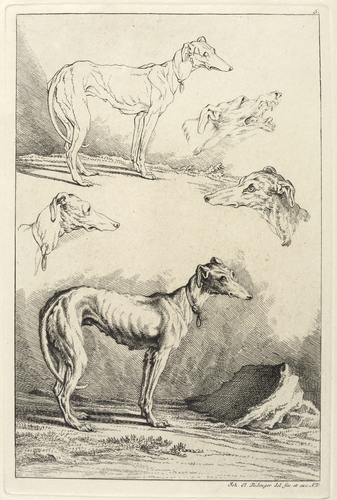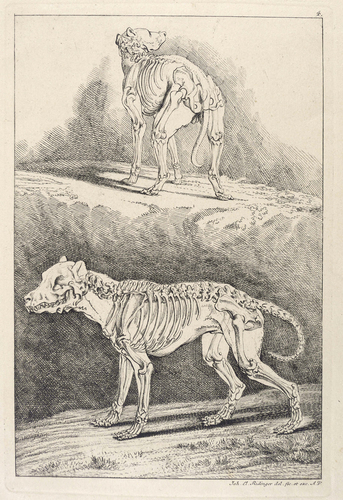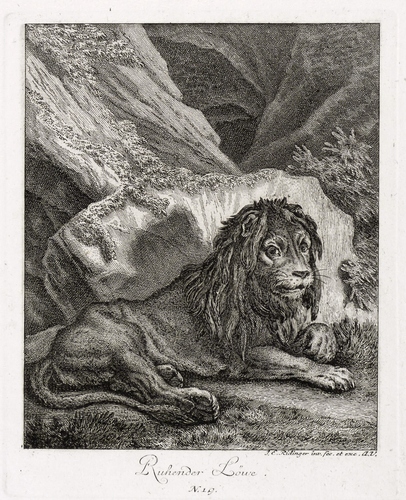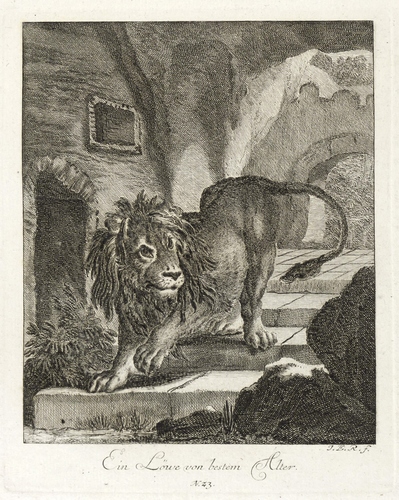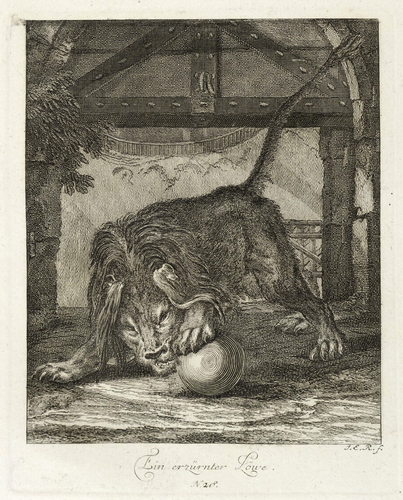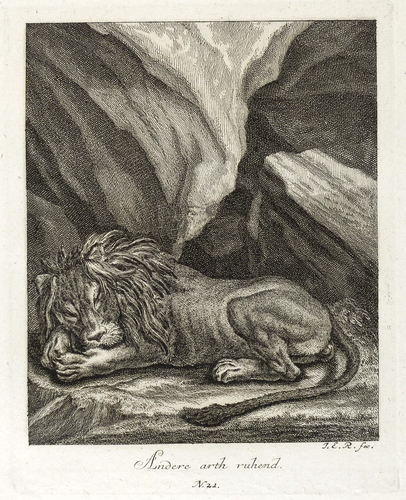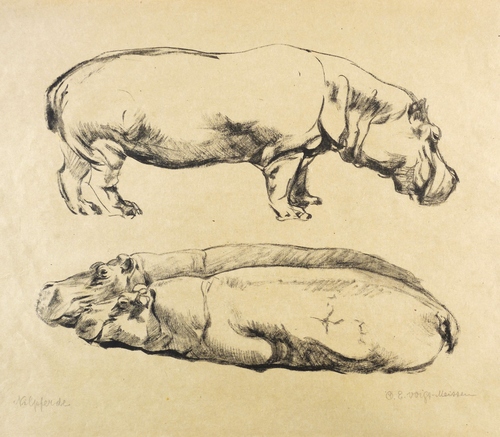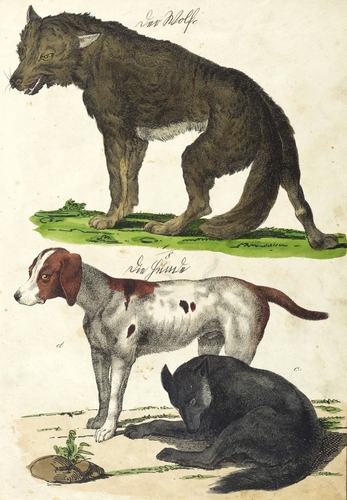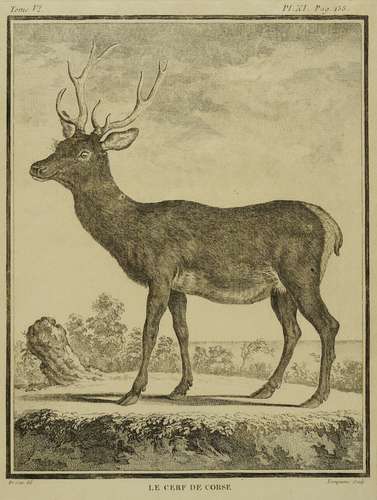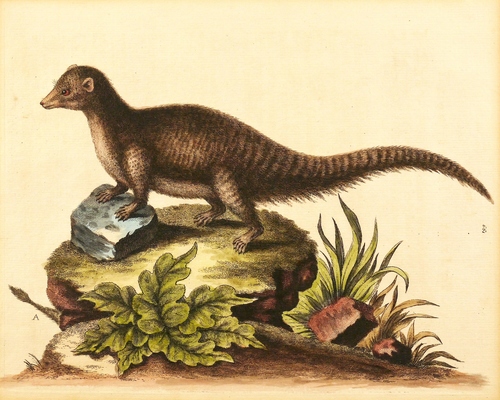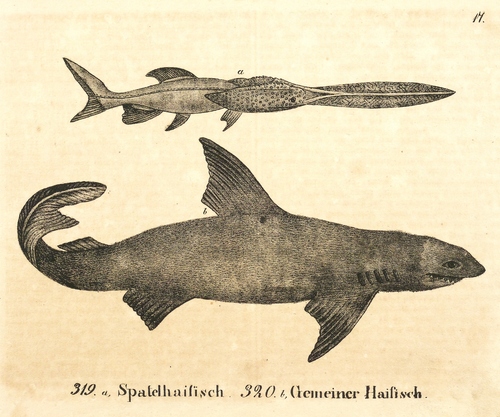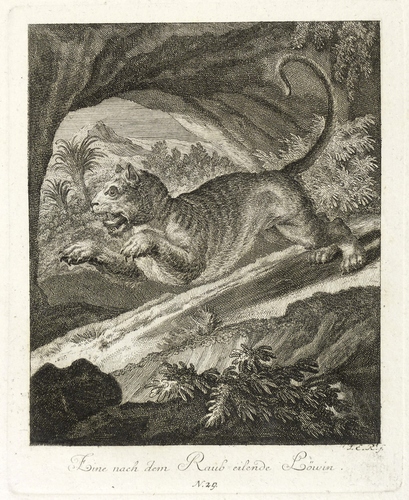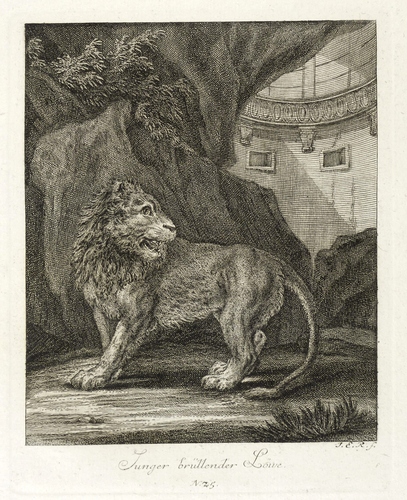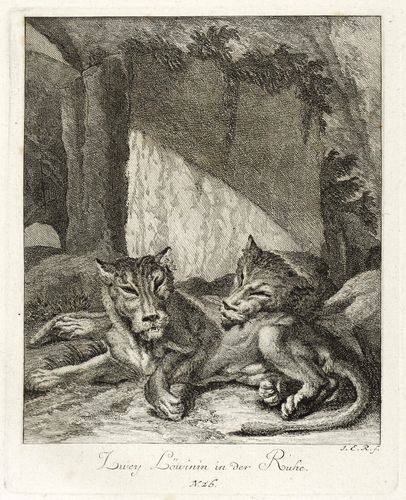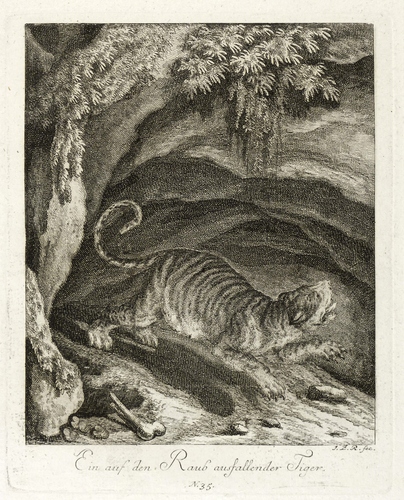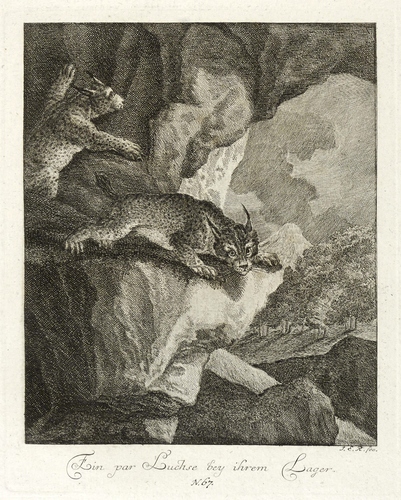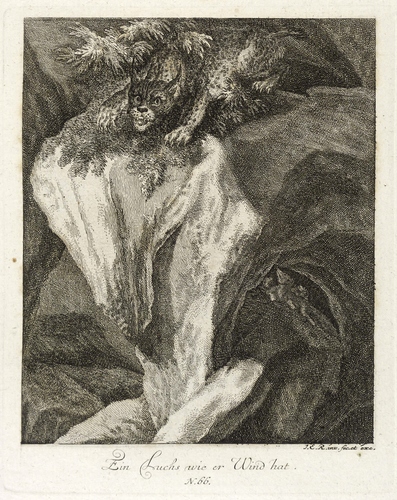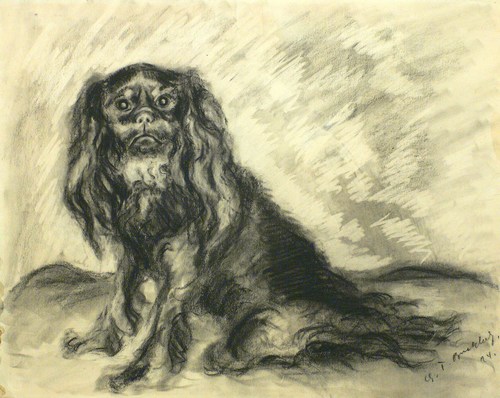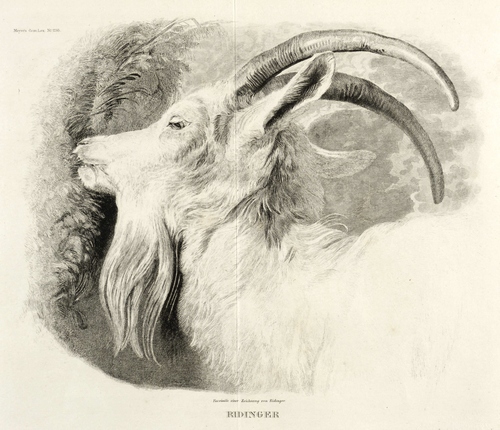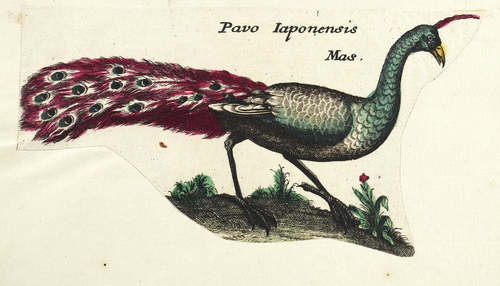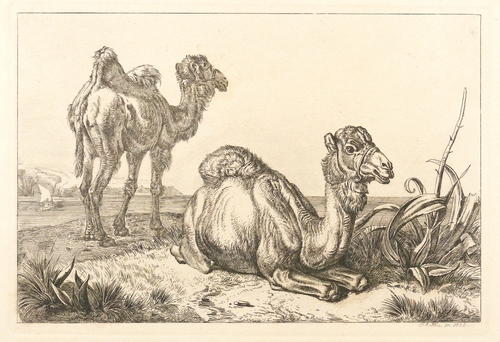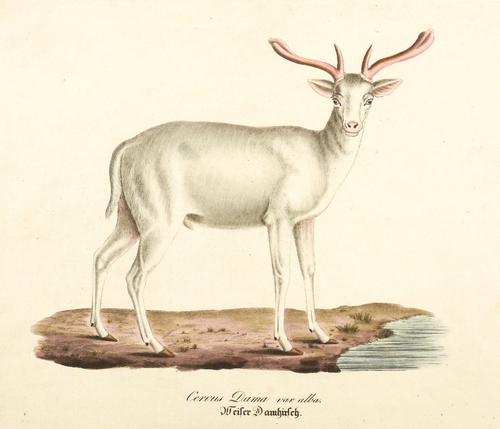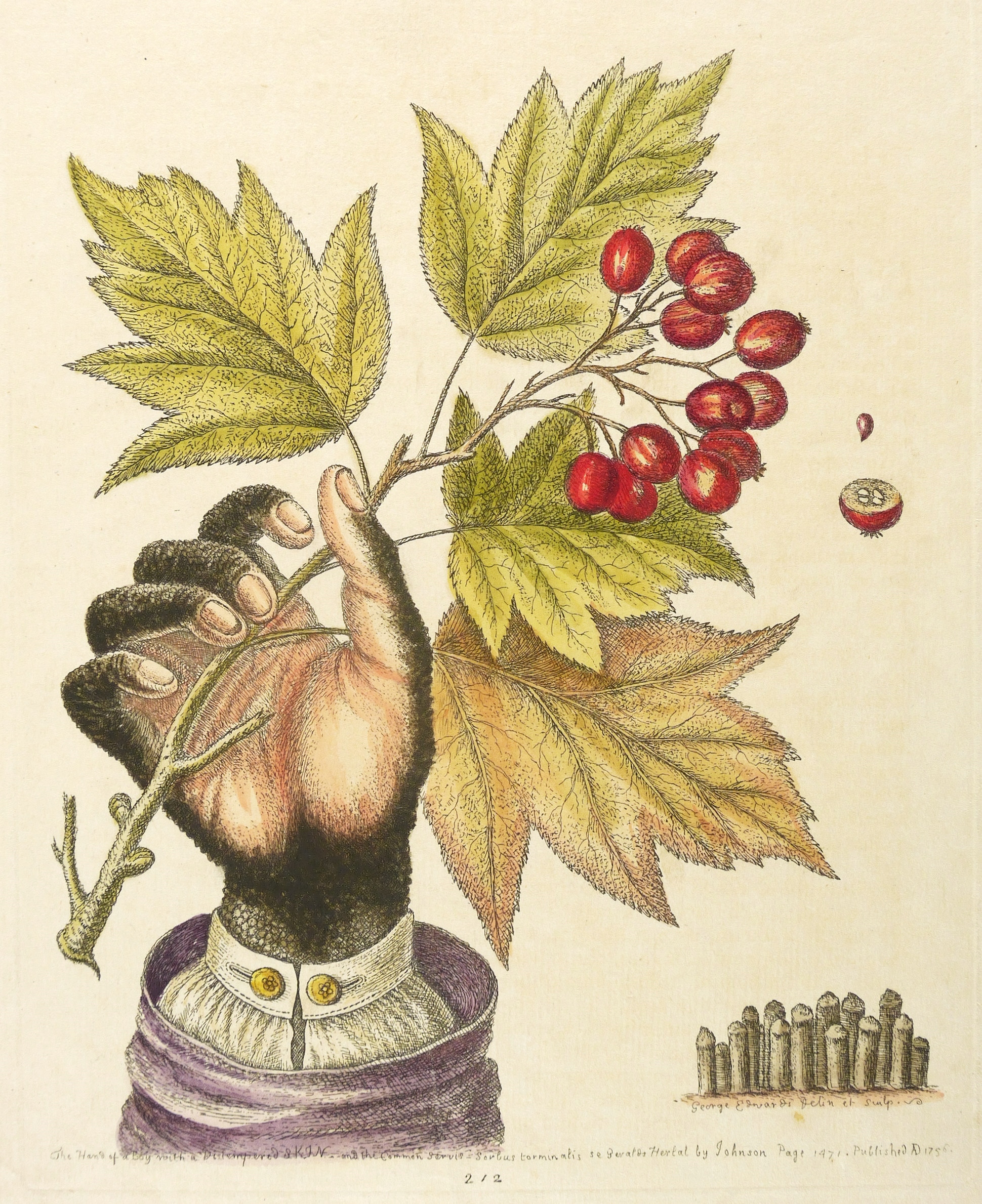

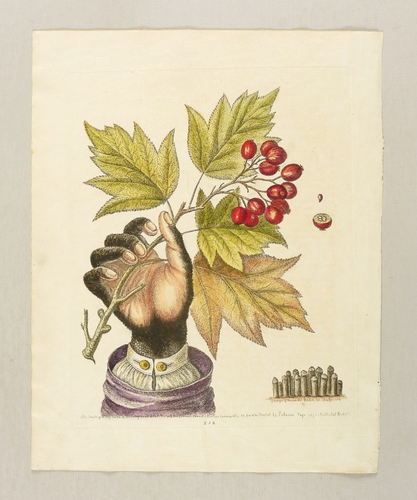
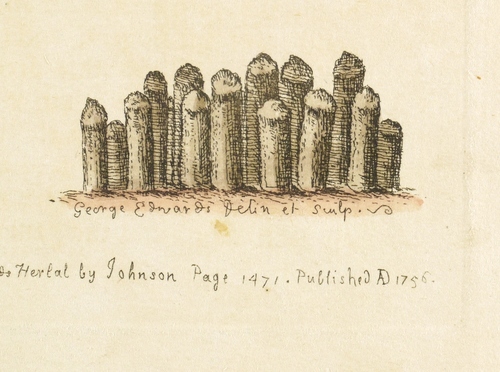
Rosengewächse. – Elsbeere.
1756. Kupferstich, alt koloriert. – Historische Pflanzendarstellung, von George Edwards. – 23,5 x 18,7 cm (Darstellung / Platte), 29 x 23 cm (Blatt).
150,00 €
inkl. MwSt. zzgl. Versandkosten
inkl. MwSt. zzgl. Versandkosten
6,00 € Deutschland
14,00 € Europa
32,00 € weltweit
14,00 € Europa
32,00 € weltweit
Aus: George Edwards, Gleanings of Natural History. Exhibiting Figures of Quadrupedes, Birds, Plants, Etc. (London: Royal College of Physicians 1758-64). – Rechts unten signiert: ″George Edwards Delin et sculp.″ Unterhalb der Darstellung bezeichnet und datiert: ″The hand of a boy with a distempered skin [...]″ – Leichte Lagerspuren. Sonst guter Zustand.
George Edwards (1694 Stratford / West Ham - 1773, in Plaistow / West Ham). Englischer Zeichner und Ornithologe, apostrophiert als "Vater der britischen Ornithologie". Er erlangte europaweit Reputation mit seinen kolorierten Zeichnungen und Kupferstichen nach Tieren und v.a. Vögeln. Er beobachtete und beschrieb zahlreiche unbekannte Arten, bereiste u.a. Afrika, Indien, China und Malaysia. 1733 Mitglied des Royal College of Physicians, 1757 der Royal Society. Sein Werk erscheint zusammengefasst in der "A national history of uncommon birds" (1734-51) und den "Gleanings of natural history" (1758-64).
Kategorien:
- Mehlbeeren (Sorbus)
- Botanik / Botanische Darstellung / Botanische Illustration (Thema)
- Pflanzen / Vegetation / Pflanzliches / Vegetabiles (Thema)
- Rosengewächse (Rosaceae)
- Elsbeere (Sorbus torminalis)
- Ichthyosis hystrix (Hautkrankheit)
- Ichthyose
Folgende Werke könnten Ihnen auch gefallen:







 Haben Sie Fragen zu diesem Kunstwerk? Rufen Sie uns an:
Haben Sie Fragen zu diesem Kunstwerk? Rufen Sie uns an:




